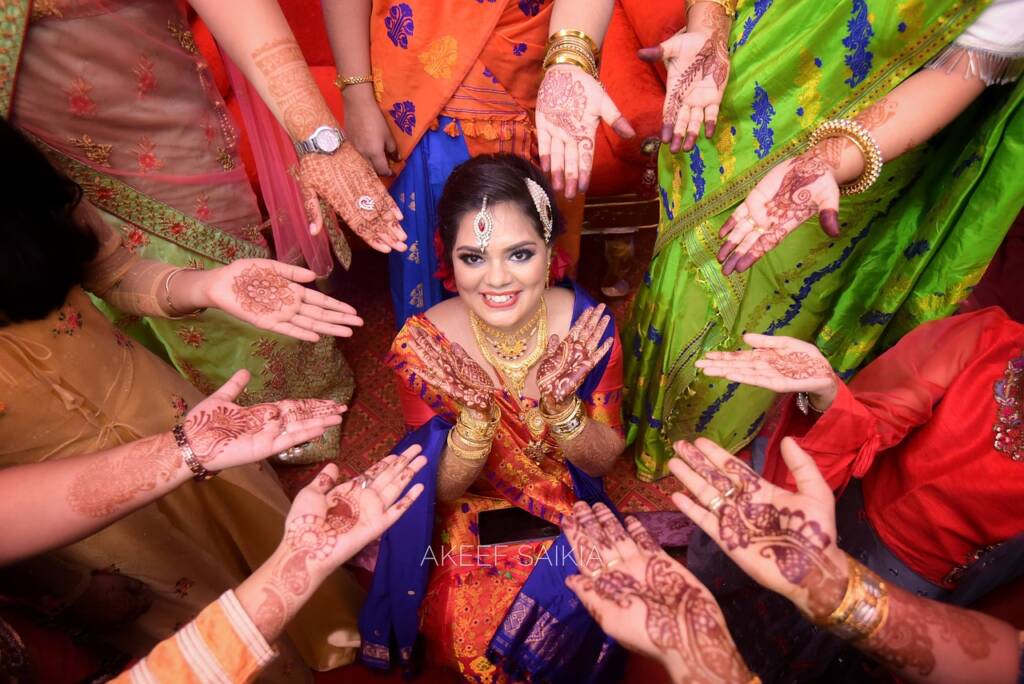Bollywood music, renowned for its vibrant energy and storytelling prowess through melodies and lyrics, has been an integral part of Indian culture since the advent of sound in cinema in the 1930s. One of its most fascinating aspects is how deeply it has been influenced by classical Indian musical traditions such as ragas and bhajans. This fusion has resulted in a rich and diverse sonic palette that resonates both locally and internationally.
Ragas: The Melodic Essence of India
Ragas form the heart of classical Indian music, melodic frameworks that serve as a foundation for improvisation and composition. Each raga is associated with specific moods, times of day, and seasons, imparting a unique character. In Bollywood music, composers frequently draw upon ragas to create melodies that evoke specific emotions and enrich the narrative of films.
An iconic example is the song “Mere Dholna Sun” from the movie Bhool Bhulaiyaa (2007), based on the raga Bhimpalasi. The composition utilizes the specific notes of the raga to create an atmosphere of devotion and mysticism, crucial for the scene it accompanies.
Bhajans: Devotional Music in Cinema
Bhajans are devotional songs that praise the gods and goddesses of the Hindu pantheon. These chants are expressions of faith and spirituality and have found a prominent place in Bollywood music, especially in films exploring religious or spiritual themes.
One of the most popular bhajan songs in Bollywood is “Man Tarpat Hari Darshan Ko Aaj” from the film Baiju Bawra (1952). Composed by Naushad and sung by Mohammed Rafi, this song is deeply rooted in the tradition of bhajans and has been performed countless times at temples and religious festivals throughout India.

The Fusion of Traditions: A Lasting Legacy
The integration of ragas and bhajans into Bollywood music has not only preserved these ancient musical traditions but has also made them accessible to a wider audience. Composers like R.D. Burman, Lata Mangeshkar, Kishore Kumar, and A.R. Rahman have been pioneers in this fusion, creating songs that transcend cultural and geographical barriers.
A.R. Rahman, in particular, has been acclaimed for his ability to blend elements of classical Indian music with modern and Western sounds. His work on the film Lagaan (2001) is a standout example of how ragas can be used in a contemporary context to create a soundtrack that is both innovative and deeply rooted in tradition.
Global Impact
The influence of classical Indian music on Bollywood has had a global impact, bringing these traditional sounds to an international audience. Films like Slumdog Millionaire (2008), featuring A.R. Rahman’s music, have introduced ragas and bhajans to people who may never have had the opportunity to experience these art forms.
Moreover, the popularity of Bollywood has inspired musicians worldwide to explore and experiment with classical Indian music, leading to cross-cultural collaborations and a greater appreciation of these rich traditions.
The fusion of classical Indian music with Bollywood music is a testament to the cultural richness and adaptability of these traditions. By blending ragas and bhajans with the stories and emotions of cinema, Bollywood music has created a legacy that is as diverse as it is enduring. This synergy not only preserves India’s ancient musical traditions but also elevates them to new heights, resonating with audiences around the world and ensuring that the magic of classical Indian music continues to thrive in the heart of contemporary cinema.



